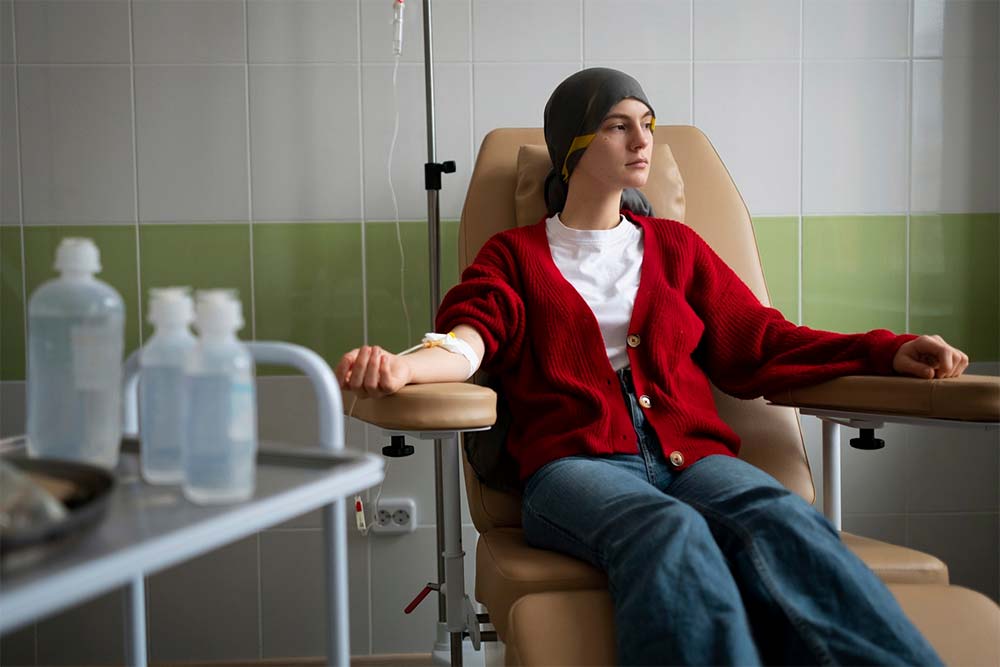MDS is a blood disorder that can often be difficult to treat. It is a type of leukemia. MDS is a serious and life-threatening disease. There is no cure for MDS, but there are treatments that can help manage the disease and extend life. The goal of treatment is to relieve symptoms, control the disease, and prevent complications. The treatment type depends on the disease stage, the patient’s age and health, and the type of MDS.
Major treatment strategies for MDS
Supportive care
There are several major treatment strategies for myelodysplastic syndrome (MDS), and the most appropriate one depends on the patient’s individual situation. While there is no cure for MDS, treatment can often help to improve the patient’s quality of life. The goal of treatment is to control the symptoms and reduce the risk of complications.
The first step in treatment is often supportive care, which can help to relieve symptoms and improve the patient’s overall quality of life. Supportive care measures may include blood transfusions, iron chelation therapy, and antibiotics.
In some cases, more aggressive treatment may be necessary. This may include chemotherapy, stem cell transplantation, or targeted therapy. The patient and their doctor will decide to pursue more aggressive treatment, taking into account the patient’s situation.
Epigenetic Therapy
In recent years, the development of epigenetic therapy has shown promise as a major treatment strategy for myelodysplastic syndrome (MDS). Epigenetic therapy involves the use of drugs that target DNA methylation and histone deacetylation, two key processes that regulate gene expression.
Recent studies have shown that epigenetic therapy can improve the efficacy of conventional treatments, such as chemotherapy, and can also be used as a standalone treatment. In addition, epigenetic therapy is associated with a lower risk of side effects and is less expensive than other treatment options.
Given the promising results of epigenetic therapy in the treatment of MDS, this approach will likely become increasingly important in the future.
Biologic Therapy
In myelodysplastic syndromes (MDS), the production of blood cells is impaired. This can lead to problems such as anemia, bleeding, and infection. Biologic therapy is a type of treatment that uses substances made from living organisms to help the body fight disease. Biologic therapy for MDS is still being studied, but it shows promise as a treatment option.
Biologic therapy is a type of cancer treatment that uses substances produced by the body or made in a laboratory to treat cancer. It is also called immunotherapy or biotherapy.
Biologic therapy is used to:
– bolster the body’s natural defenses against cancer
– help the body’s immune system destroy cancer cells
– stop cancer cells from growing
– shrink tumors
Biologic therapy is used to treat many types of cancer, including leukemia, lymphoma, and melanoma. If you’re looking for additional treatment options for MDS, you can check out clinical trials for mds at Power.
Stem Cell Transplantation
In recent years, stem cell transplantation has become an increasingly viable option for patients with myelodysplastic syndrome (MDS). This is due in large part to advances in transplantation technology and our understanding of MDS biology.
There are two major types of stem cell transplantation: autologous and allogeneic. In autologous transplantation, the patient’s own stem cells are collected and then transplanted back into the patient. In allogeneic transplantation, stem cells from a donor are transplanted into the patient.
Both autologous and allogeneic transplantation can be used to treat MDS, and the choice of transplantation type depends on a number of factors. Allogeneic transplantation is considered the more efficacious option, but it is also associated with a higher risk of transplant-related complications.
Side effects of the Treatments For MDS
The goal of treatment is to control the disease and relieve symptoms, and side effects are often a major concern for patients and caregivers. It is important to discuss all treatment options and potential side effects with your doctor to make the best decision for your individual situation.
The myelodysplastic syndromes (MDS) are blood disorders affecting the bone marrow and blood. These disorders can cause a wide range of symptoms, including fatigue, shortness of breath, and an increased risk of infection. While there is no cure for MDS, treatments available can help improve symptoms and quality of life. Some of the potential side effects of these treatments include:
- Fatigue
- Nausea and vomiting
- Diarrhea
- Hair loss
- Mouth sores
- Low blood counts
- Infection
- Bleeding
- Anemia
- Shortness of breath
- Swelling of the extremities
- Kidney damage
- Liver damage
- Infertility
Treatment options for MDS are constantly evolving, and it is important to be aware of the potential side effects of these treatments before starting them. Patients and their caregivers need to be aware of the possible side effects of treatment so that they can be better prepared for them.
